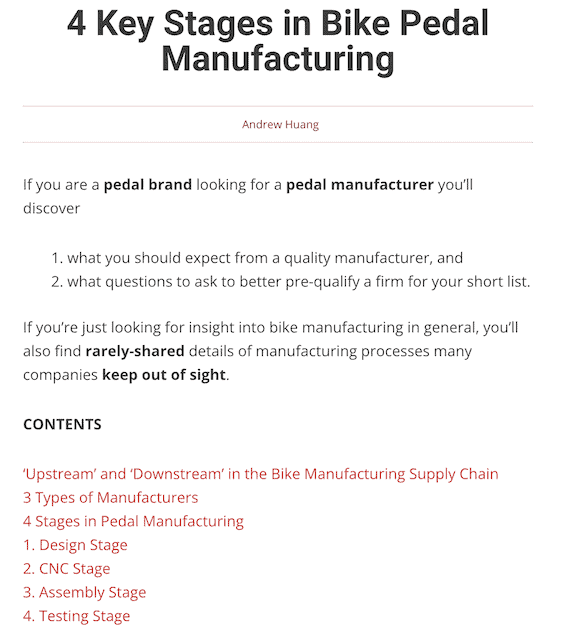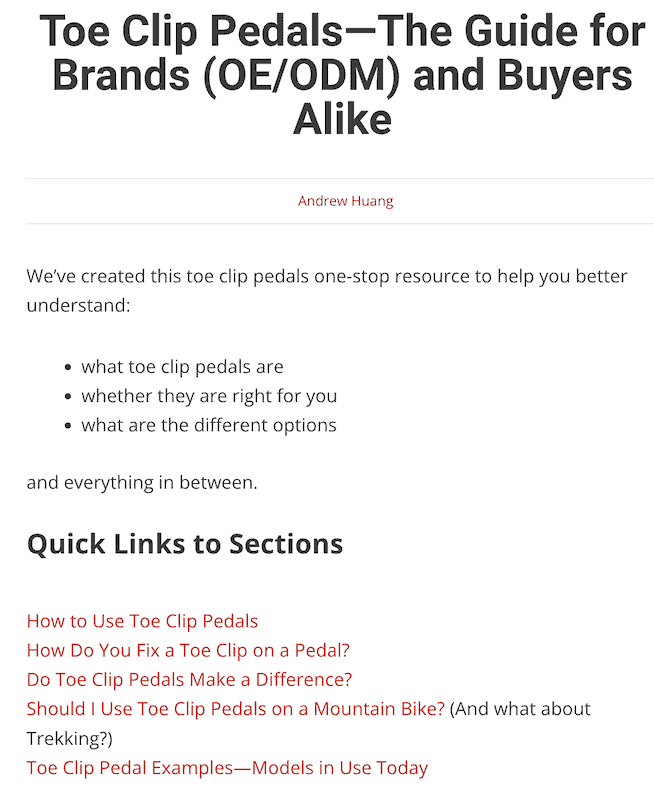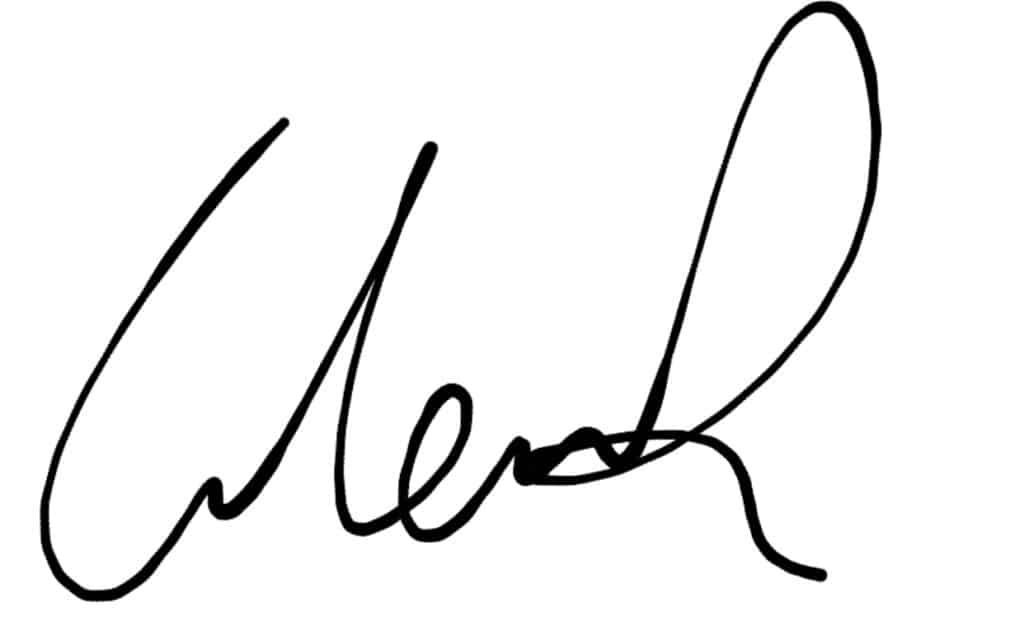I’ll show 7 examples of this technique.
And I’m talking about studying fiction writers . . . top-notch fiction writers.
But first, what do the top copywriters say about the value of reading fiction for improving copywriting skill?
Well, they’re are split on whether reading fiction can make you a better at writing (sales oriented) copy.
That means half of them are right . . . and the other half are wrong, wrong, WRONG!
Here’s the TRUTH:
CONTENTS
7 Best Examples of Seductive Writing in the English Language
And 7 More For Good Measure . . .
Marketing Copy Taking Inspiration from This Seductive Writing
The truth is, if you’re not a reader . . . you won’t make it as a writer.
Not at any level.
Great writers are readers and reading fiction is a GREAT way to understand how these writers reel in in their readers, hook, line, and sinker so they cannot resist reading on, and on . . . and on.
Their secret?
Start in the middle (in media res)—DON’T start at the beginning.
Ok sure, the laws of physics demand a — let’s call it a technical — beginning.
Or the ‘Lead’ as it’s known in copywriting circles.
You need to start somewhere.
But remember Joe Sugarman’s Axiom #2 (of his 15 Copywriting Axioms):
‘All the elements in an advertisement are primarily to do one thing and one thing only: get you to read the first sentence of the copy’, which leads to Axiom #6 . . .
Your readers should be so compelled to read your copy that they cannot stop reading until they read all of it as if sliding down a slippery slide.
Axiom 6 (Joe Sugarman’s 15 Axioms)
Wait a minute!
A blog post (for example) is not an advertisement it’s . . . it’s . . . a BLOG post for gawd’s sake!
Here’s Glenn’s Axiom #1: treat every piece of marketing writing like it’s an advertisement, cos it is.
Make the lead—or those several dozen or even up to several hundred words that start off a piece of writing—beginning with that first sentence, a greased pole down which your reader plummets, straight to the action you want them to take.
Glenn’s Axiom #1 (More coming in later posts…)
And the best leads start in the MIDDLE . . . in media res.
When you start in the middle you automatically add curiosity, cos the reader is thinking, ‘Holy sh&t…how did that happen? How did it turn out? What a pickle!!’
And bouncing through the primitive levels of the reader’s brain is that voice produced by millennia of evolution . . . ‘You need to know what happens—for safety’s sake!’, a voice that cannot be ignored.
Here’s 7+ Ways to Start in the Middle
Each example is the first line from some of the most successful works of fiction in the last 150 years or so.
Each begins inside the characters’ lived-in worlds where every author’s work is an advertisement for the work itself where the lead’s job is to grab the reader IMMEDIATELY.
Remember Clayton Makepeace’s comments on the essential part of an ad: you need to sell the ad to the reader before anything else has much chance of happening.
These writers’ leads are powerful magnets that make use of the simple rule of ‘in media res’.
1. Can this Guy Win . . . Just for Once?
He was an old man who fished along in a skiff in the Gulf Stream and he had gone eighty-four days now without taking a fish.
I don’t need to remind you where this comes from . . . do I?
In case I do, it’s the first sentence of Ernest Hemingway’s The Old Man and the Sea, or the book about everything depending on whose commentary you rely on.
Ernest doesn’t muck around: the scene is set in a sentence without a single wasted word by the master of the short to-the-point sentence (although he balances long and short very nicely as well).
We have dude with a problem and you are compelled to find out how it ends.
Substitute your customer and their problem for that dude and you’ve immediately got the reader on the slippery slope.
2. Y-o-u-u Tom…!
“TOM!”
No answer.
“Tom!”
No answer.
“What’s wrong with that boy, I wonder? You TOM!”
No answer.
The old lady . . .
Five paragraphs—using fewer words in each than in many a Hemingway sentence—and Sam Clemens’ (aka Mark Twain) has us plunging down his slippery slide in The Adventures of Tom Sawyer.
Devour and absorb this rollicking story together with The Old Man and the Sea; make them part of your writing muscle memory to MASSIVELY improve your ability to
- get rid of the wordy fluff (a problem we all have)
- engage the reader
- craft easily read prose
Keep reading to see how I use this style and structure as inspiration for some email copy I did for a client a few years ago.
3. Why the Hell Did She Do THAT?
Ten days after the war ended, my sister Laura drove a car off a bridge.
After smacking her reader fair in the moosh with that shocker, Margaret Atwood then takes more than 500 scintillating pages in her Booker Prize-winning The Blind Assassin to answer why Laura drove off the bridge.
And there’s nothing boring about it . . . as you, the reader, squirm—enthralled—on the hook.
I also love Margaret’s classic critique of Little Red Riding Hood where she suggests a new lead that starts right in the middle: “It was dark inside the wolf…”
4. Plunging Earthwards Without a Parachute . . .
. . . makes being up sh#t creek a beautiful place.
The opening line and excerpts from the opening paragraph of Salman Rushdie’s The Satanic Verses:
‘To be born again,’ sang Gibreel Farishta tumbling from the heavens, ‘first you have to die … Just before dawn on winter’s morning … two real, full-grown, living men fell from a great height, twenty-nine thousand and two feet, towards the English channel, without benefit of parachutes or wings, out of a clear sky.
Salman Rushdie (former copywriter) keeps you reading the rest of Chapter One to find out whether—and how—they survived . . . and then the rest of the book.
Note also the timeliness of the hook. It was 1988 and in the following years the Lockerbie 747 bombing dominated the news.
5. Somebody. But who?!
The day Somebody McSomebody put a gun to my breast and called me a cat and threatened to shoot me was the same day the milkman died.
Anna Burns drops you straight into the middle of The Troubles in The Milkman, setting the scene much like The Old Man and the Sea—except here the sharks have guns and public condemnation is so palpable you bump into it and stumble over it in every time you go out the door.
Another Booker Prize-winner btw.
6. There are No Strawberries in Strawberry Fields, Actually
This example’s not even close to prize winning literature . . . but NOT be ignored for that very reason:
Simon sat on a bench in Central Park—in Strawberry Fields, to be more precise—and felt his heart shatter.
Then Harlan Coban hits the reader with the punches and the screaming after this kick-in-the-head opening sentence of Run Away.
Forget Tom Sawyer and Blind Assassin. Look at the way Coban constructs his lead, the simple words, short sentences (interspersed with long sentences for relief), and rapid transitions.
7. ‘DON’T WATCH FACE…
and jump out the whip and I’m hitting the pavement and it’s this moment — when you jump out of the car and it’s too late to go back …
The first part of a long first sentence in a long first paragraph from Gabriel Krauze’s semi-autobiographical Who They Was catapults the reader into the world of 21st century London gangs.
7 More Notable Examples
The most famous sci-fi of all time:
In the week before their departure to Arrakis, when all the final scurrying about had reached a nearly unbearable frenzy, an old crone came to visit the mother of the boy, Paul.
A mediocre writer puts this sort of descriptive sequence inside a predictive rolling out of the plot . . .this happened, then (yawn) that happened . . .
Frank Herbert understands the slippery slope and so slaps this ‘in the middle’ right at the start: ‘What’s Arrakis?’ you think. ‘Old crone . . . sounds icky . . . and who’s Paul and what’s the story with his mother? Why all the scurrying?’
I picked up Dune not intending to read it since I’m no fan of sci-fi.
But it’s a famous work, and since the bookstore was celebrating the book’s 50th birth, I had a peep . . . and was hooked!
That opening gets you through to the point where Paul sticks his hand into that box (ouch!) . . . and before you can say Muad’Dib (which takes a bit longer than you might think to get it right) he’s gone native and riding giant worms across various deserts like it’s another day at the office (which it is for the locals).
THE Book of the Century
MANY YEARS LATER, as he faced the firing squad, Colonel Aureliano Buendia was to remember that distant afternoon when his father took him to discover ice.
The first sentence of Gabriel Garcia Marquez’s 100 Years of Solitude throws you right into the the first paragraph which only — reluctantly, too — ends 3/4 down page 2 amidst the clatter of odds and ends attracted by magnets!
What a journey. It’s not for everyone. But if you’re into magical realism (Escape: #2 of Dan Kennedy’s 7 ‘Dark Arts’ Devices), you cannot put this down.
Our Dying Planet
This is a tale of a meeting of two lonesome, skinny fairly old white men on a planet which was dying fast.
We immediately learn that one was to become ‘beloved’; the other about to go insane.
There’s no way to resist Kurt Vonnegut’s slippery slope at the outset of Breakfast of Champions.
The Shifty Shadow is Lurking
Rose Pickles knew something bad was going to happen. Something really bad, this time. She itched in her awful woolen bathing suit . . .
Tim Winton warms and chills the air at the same time, moving the reader inexorably towards a meeting with the Shifty Shadow in Cloudstreet.
Emotional manipulation in full operation here right through to the last sentence.
Copywriters, take NOTE!
The Gates of Hell
One of the foundation works of modern literature tells us that it begins explicitly slap bang in the middle of this life:
Midway upon the journey of our life
I found myself within a forest dark,
For the straightforward pathway had been lost.
Gives Rose Pickle’s intuition of terror a run for its money.
My, how we humans love to be scared.
And then:
Ah me! how hard a thing it is to say
What was this forest savage, rough, and stern,
Which in the very thought renews the fear.
Emotional manipulation? You betcha (especially in a society that believed in this literally).
An ancient example of the power of copy targeting the deepest fears to keep the reader engaged.
Family Strife from Start to Finish
All happy families are alike; each unhappy family is unhappy in its own way.
The single sentence of the first paragraph of Anna Karenina tells us what we all know very well deep down (and then some!) as Tolstoy pitches us headfirst into the maelstrom in opening salvo of the second paragraph:
All was confusion in the Oblonsky’s house. The wife had found out that the husband was having an affair with their former French governess . . .
. . . and we’re off to the races (literally for Anna’s dashing Count).
What a lead . . . although T.C. Boyle arguably turns it up several notches . . .
Not Music to Their Ears
At an age when most young Scotsmen were lifting skirts, plowing furrows and spreading seed, Mungo Park was displaying his bare buttocks to al-haj’ Ali Ibn Fatoudi, Emir of Ludamar. The year was 1795. George III was dabbing the walls of Windsor Castle with his own spittle . . .
Phew!
In the first two sentences of Water Music, Thomas Coraghessan Boyle sets his reader plummeting down a vertical slippery slope as high as the moon at light speed—with no way to get off.
Master fiction in style and substance that every copywriter would benefit from studying.
Marketing Writing Inspired by Starting in the Middle
If you’ve read this far then my own slippery slope is working . . . because this is the business end of this advertisement (remember, I define all marketing writing as advertisements).
Here’s a Tom Sawyer opening example for a bi-monthly email I write for a client.
It’s literally got the reader on the slippery slope from the get go (click to see exactly how).
I also use the ‘in media res’ approach in SEO blog posts.
I take advantage of the reluctance of more than 90% of writers in this space (and tech generally) to not get to the point straight away.
They begin with anywhere from several sentences to several paragraphs of waffle beginning with “As we all know . . . “ or “Over the years many things have led us to . . . “
No.
Get.
To.
The.
Point . . . Now!

I recently wrote up the first edition of one of the world’s biggest trade shows, getting readers’ interest from the start by dropping them straight into the biggest issue of the day.
This is the Big Idea (nod to Ogilvy and Sugarman) with a good deal of agitation to get the reader to the next section, “Contents” which is a launch pad into the rest of the article.
This Big Idea screams to the target audience ‘You need to read this because everything is being turned upside down, and you’ll see clearly the many ways how this is happening by reading this.’

This lead consists of the Headline, Lead (I’ll explain in a jiff), and direct pathways into the body copy.
Firstly, if not involved in bike pedal manufacturing, then you know this article not for you from the Headline.
The first line represents what is often called the Lead in the Headline/Lead/Body Copy triumvirate mentioned in discussions of basic copywriting: it further qualifies the reader (If you are interested in this then …) getting them on the slippery slide to the next section.
But as a Lead in the expanded sense of that group of words working together to grab the target reader’s attention, hold their attention and catapult them into the body copy, this one works well.

The lead to this article is shorter again; and the article receives an average Time on Page of more than 11 minutes…
B2B writing is no gateway to fantastic stories (although B2C gives you more room to go that way).
But nailing the lead to maximize reader engagement ends up as money in the bank
Get in touch if you think my approach looks interesting and your current gaggle of writers can’t seem to cut the fluff from their marketing missives.
CONCLUSIONS
Reading fiction is enjoyable . . . but also valuable for copywriting—there are no two ways about it.
And forget my earlier dismissal of The Old Man and the Sea . . .
Any writer heeding its lessons cannot help but be improved by it.
Not just the lead but the whole story, with its balance of short and long sentences, white space, and simple words . . . a great example of storytelling that the weakest writer on your team should return to again and again.
It’s important, because there are so few examples of even mediocre writing across the web, let alone exemplary.
Writers absorbing exemplary works of fiction into their subconscious will
BECOME
BETTER
WRITERS.
To your success….
